China’s new energy vehicle battery installation capacity nears 300 GWh
As the core engine of the global power battery supply chain, China has delivered an impressive performance in the first half of 2025: new energy vehicle sales exceeded 6.937 million units, driving power battery installations to 299.6 GWh (a year-on-year increase of 47.3%). This article will use data to analyze the evolution of technological routes, helping overseas customers identify the optimal procurement window for China’s lithium-ion battery market.
I. Explosive growth in battery production capacity: The technological competition behind the first-half production volume of 697.3 GWh
Production capacity ramp-up exceeded expectations: June’s monthly production reached 129.2 GWh (a month-on-month increase of 4.6% and a year-on-year increase of 51.4%), with a cumulative production volume of 697.3 GWh in the first half of the year (a year-on-year increase of 60.4%). This means that the batteries produced in China every 1.5 days could meet the demand for 10,000 Model Y Long Range Edition vehicles.
Exports emerge as a new growth driver: Battery exports reached 127.3 GWh in the first half of the year (up 56.8% year-on-year), with power battery exports accounting for 81.6 GWh (64.1% of the total), confirming China’s transition from a “manufacturing hub” to a “technology export hub.”
II. The decisive moment for technological routes: The absolute dominance of lithium iron phosphate (LFP)
A dramatic shift in installation structure: LFP batteries dominated with an 81.5% market share, far outpacing ternary lithium (NCM). In June, LFP installations reached 47.4 GWh (up 49.7% year-over-year), while ternary lithium installations declined by 3.4% year-over-year to 10.7 GWh.
Cost and Safety Advantages: In the first half of the year, LFP cumulative installations reached 244.0 GWh (up 73% year-on-year). Its cost per Wh is 15-20% lower than ternary lithium, and through CTP technology, it achieves a range of over 700 km, completely reshaping the high-end vehicle market landscape.
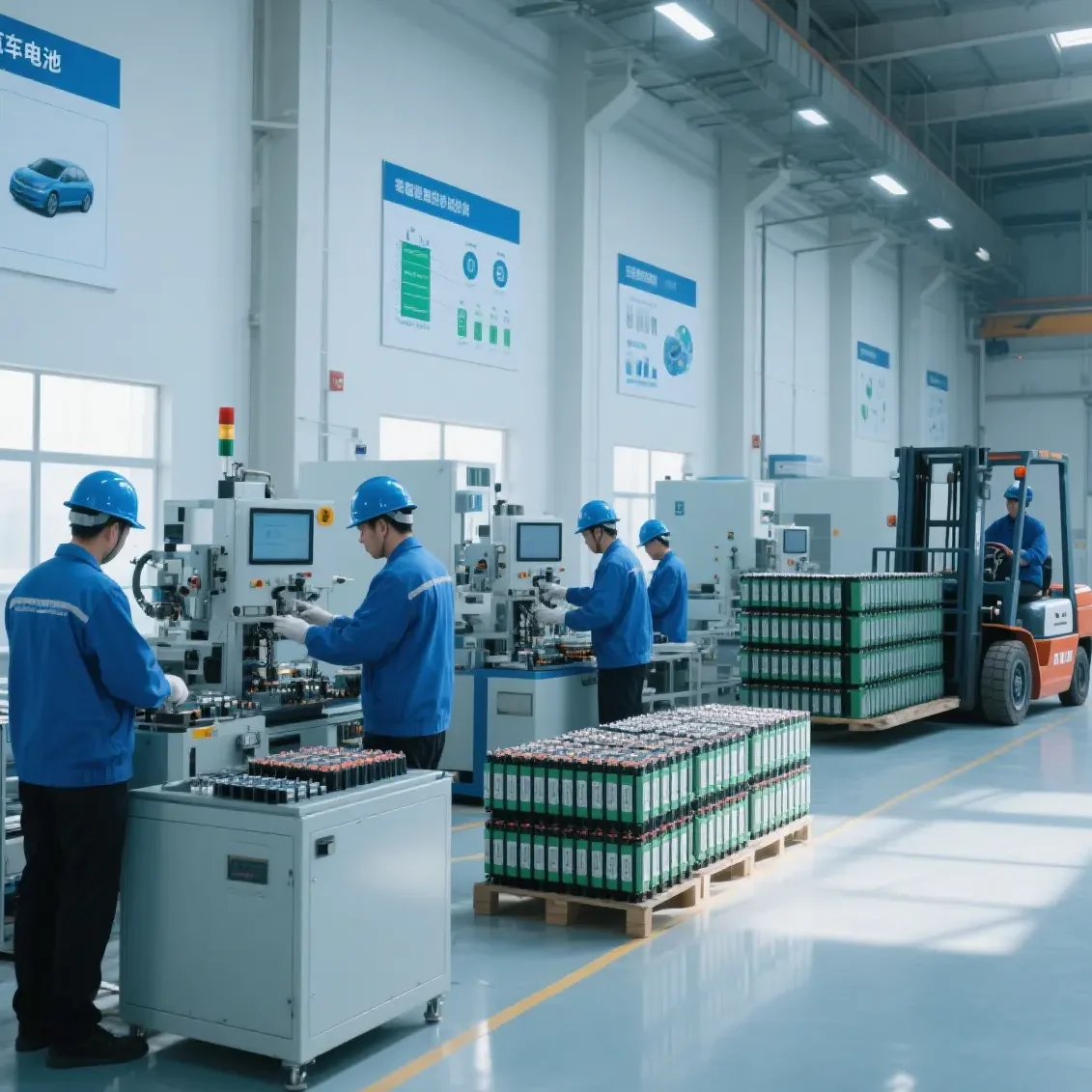
III. Key Indicators for Procurement Decisions: Three Major Trends in Battery Technology for 2025
Decline of High-Nickel Ternary Batteries: In the first half of the year, ternary battery installations totaled 55.5 GWh (down 10.8% year-on-year), mainly due to European automakers cutting back on high-cost models, but they remain a must-have choice for high-end performance vehicles.
Energy Storage Battery Boom: Sales of other batteries (including energy storage) reached 173.5 GWh (up 108.5% year-on-year), confirming that the commercial and residential energy storage markets have entered a boom phase.
Rise of the Battery Swapping Ecosystem: CATL has signed an agreement with Sinopec to build 500 battery swapping stations. The “chocolate” battery swapping solution will drive battery standardization, and future demand for removable batteries is expected to surge.
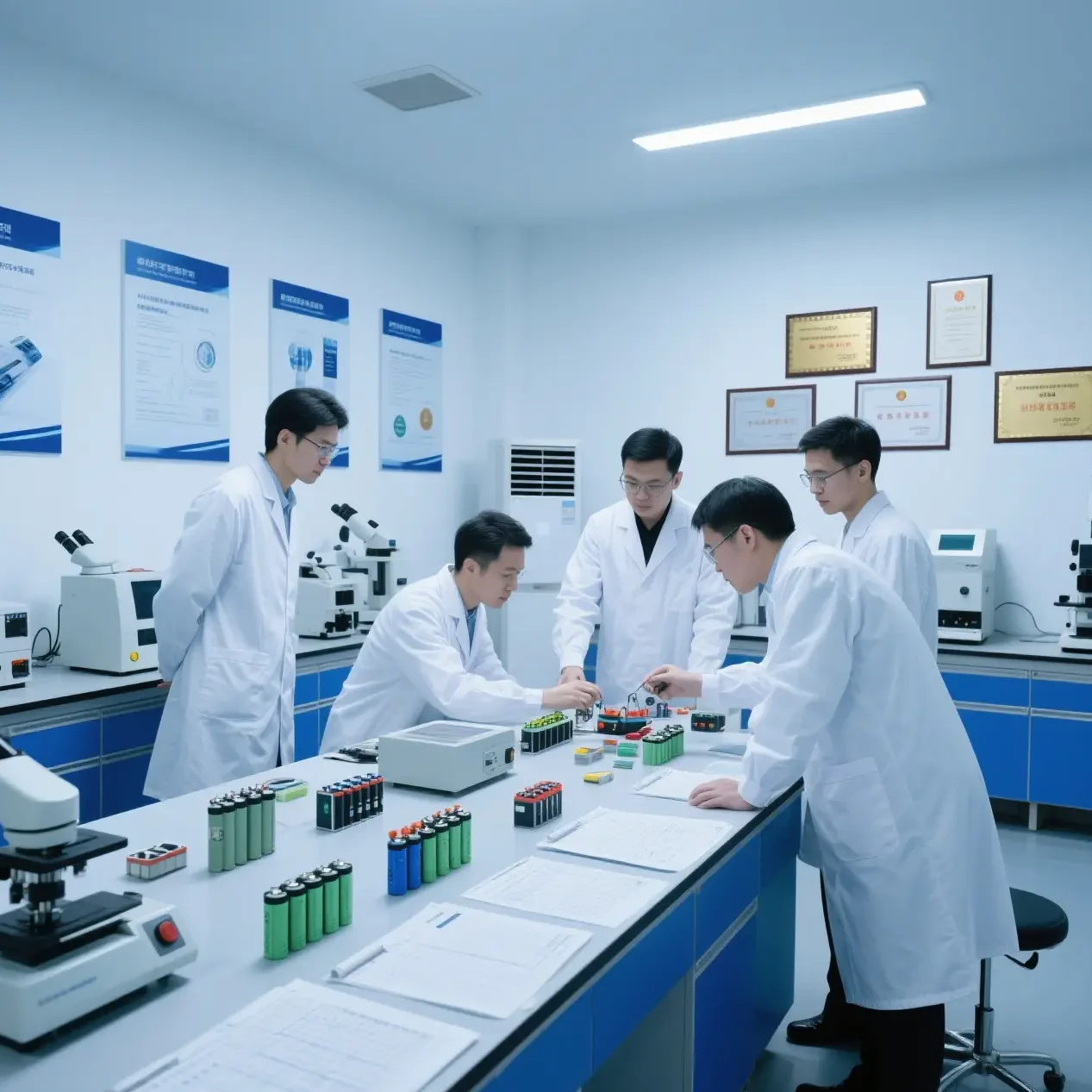
IV. Supply Chain Recommendations for International Buyers
Secure high-quality LFP production capacity: Leading manufacturers such as CATL (Q1 net profit of 13.9 billion yuan) and BYD’s blade battery production capacity is already booked until 2026. It is recommended to mitigate price increase risks through long-term supply agreements.
Monitor technological breakthroughs by second-tier manufacturers: Companies like Guoxuan High-Tech and Honycomb Energy have gained over 20% cost advantages in niche markets through short-blade batteries and cobalt-free technology.
Avoid trade barriers: The U.S. may raise tariffs on Chinese batteries to 35%. It is recommended that companies with factories in Southeast Asia prioritize purchasing Chinese battery cells combined with local pack manufacturing.
(Data source: Official report from the China Automotive Power Battery Industry Innovation Alliance)
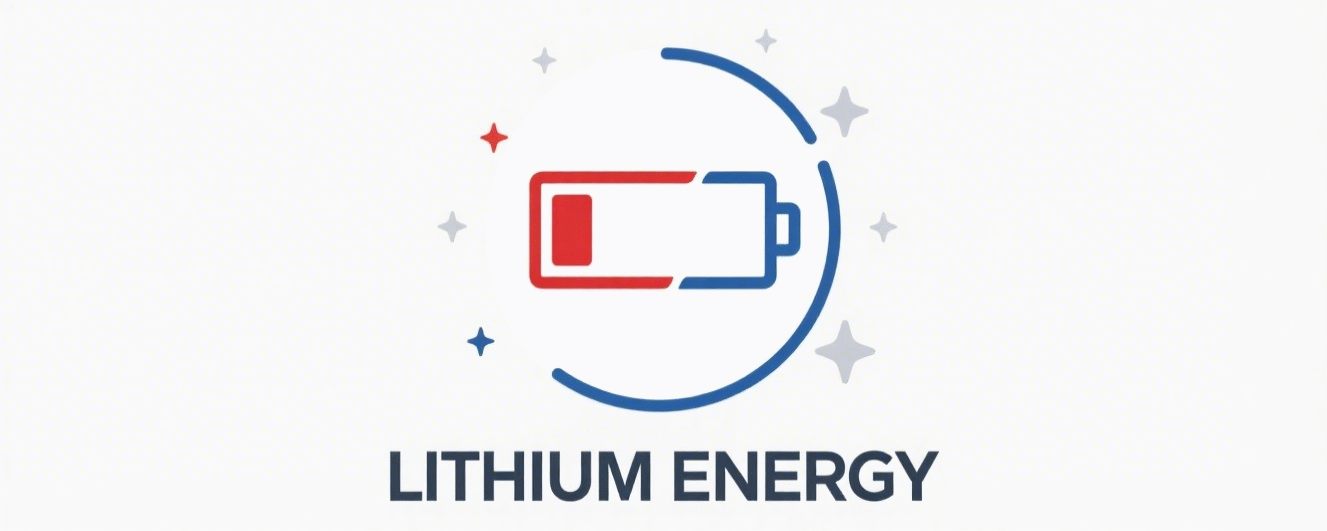
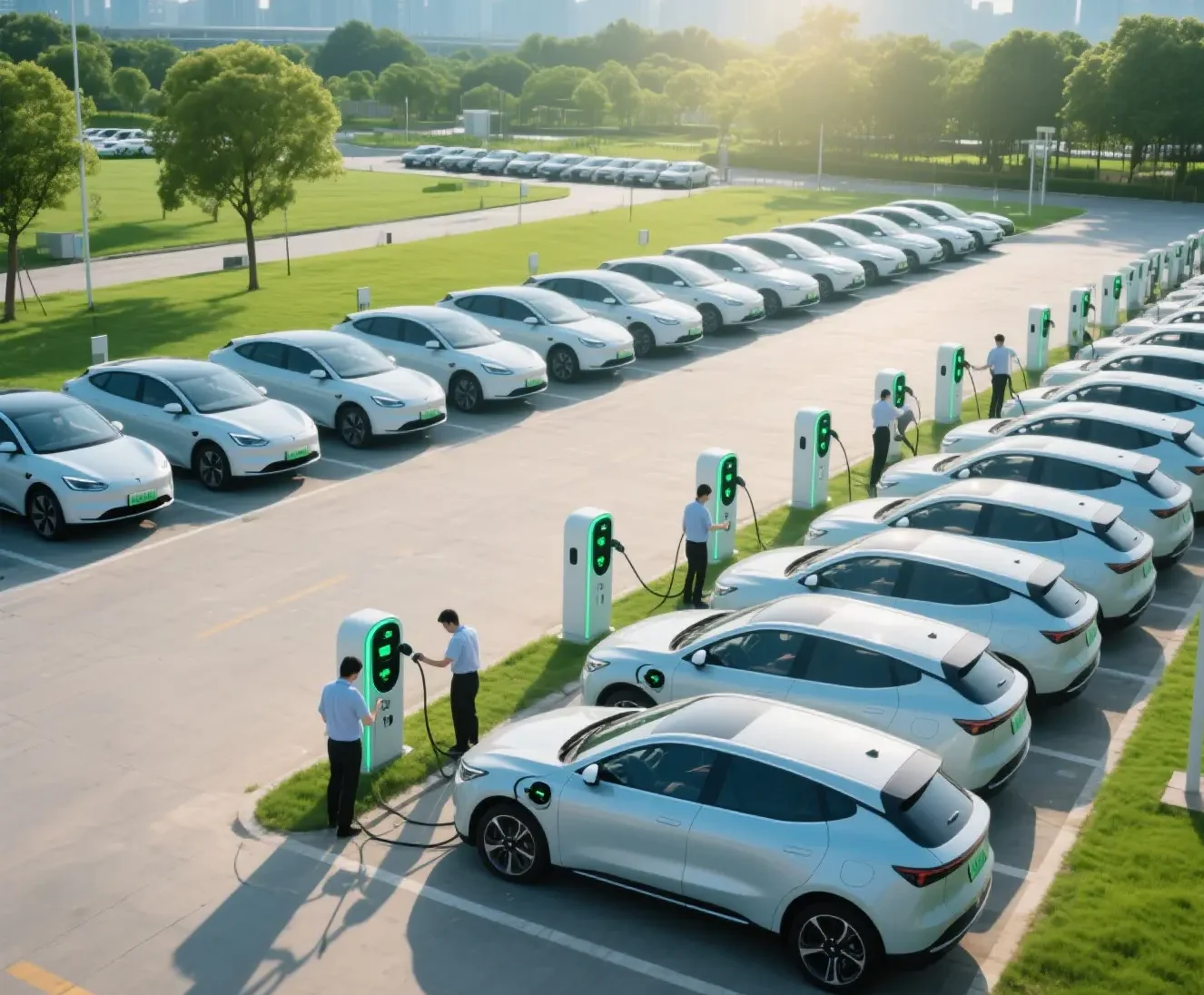
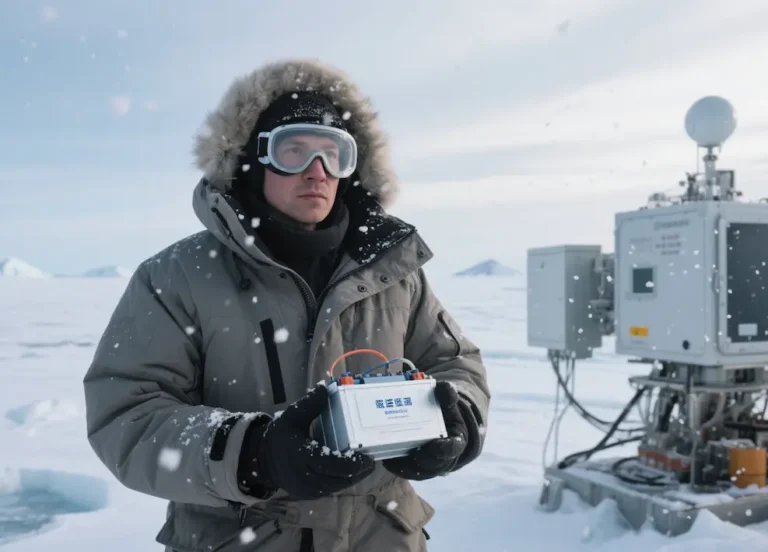
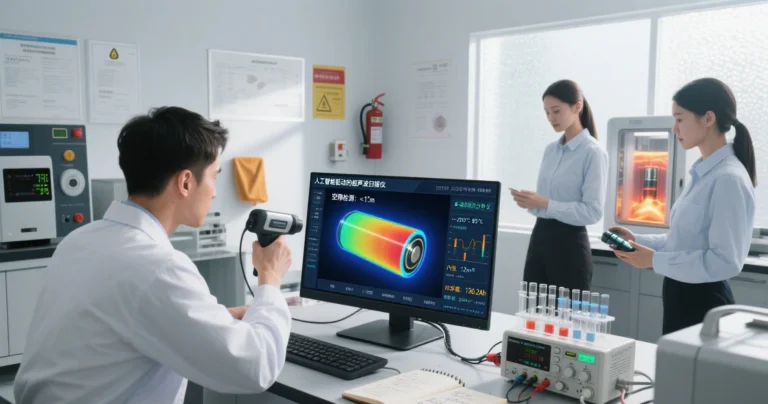
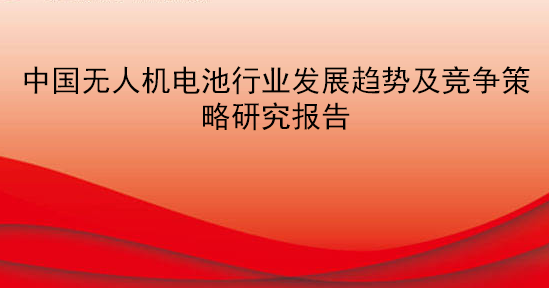
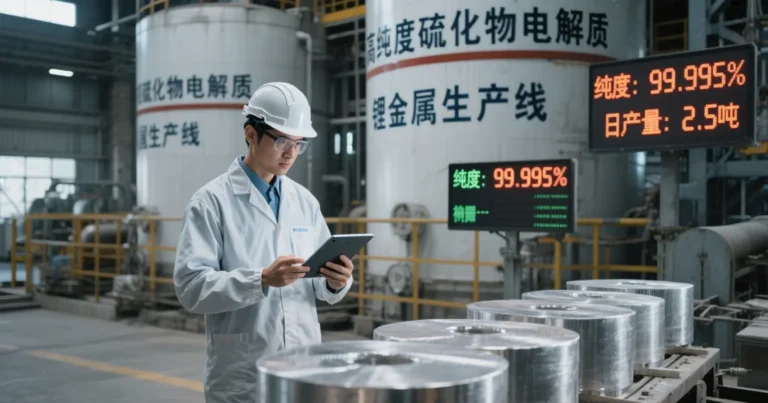
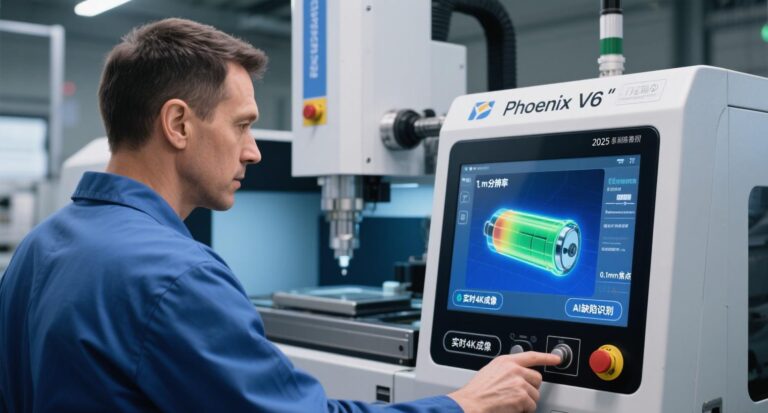
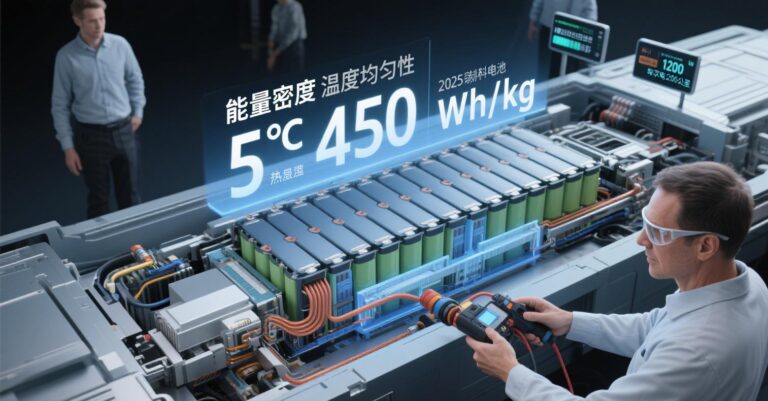
How to purchase the most stable quality batteries in China?